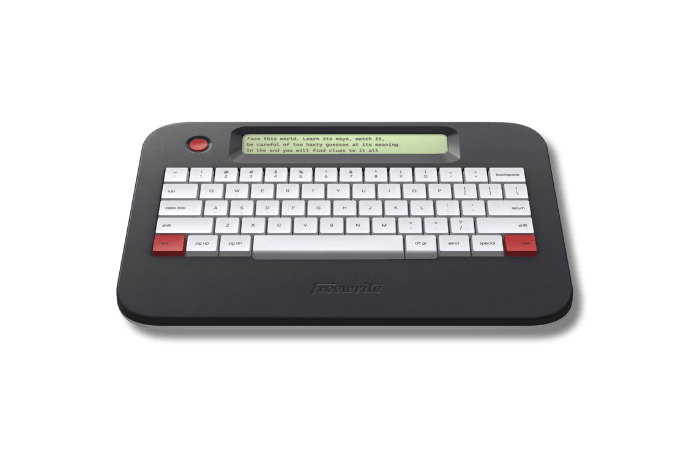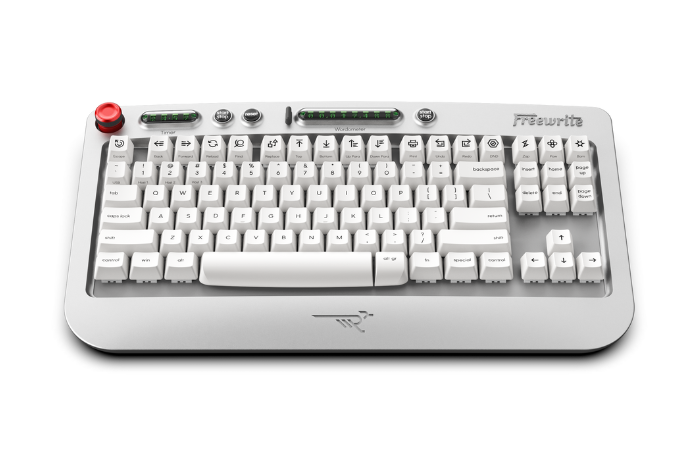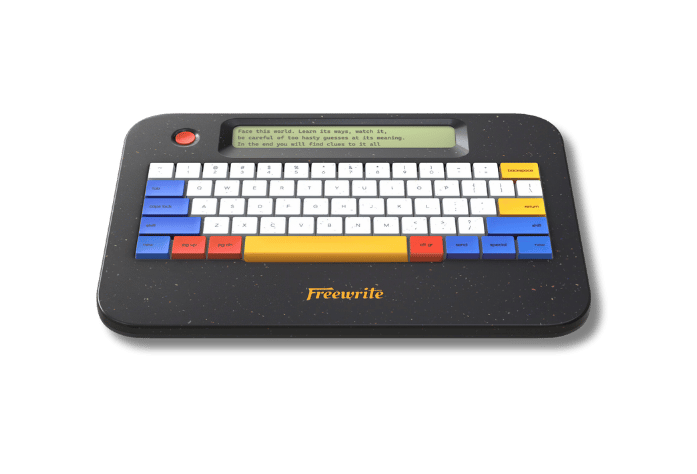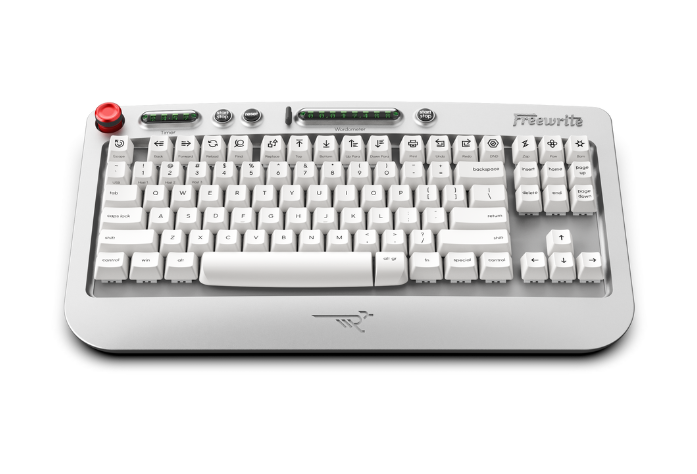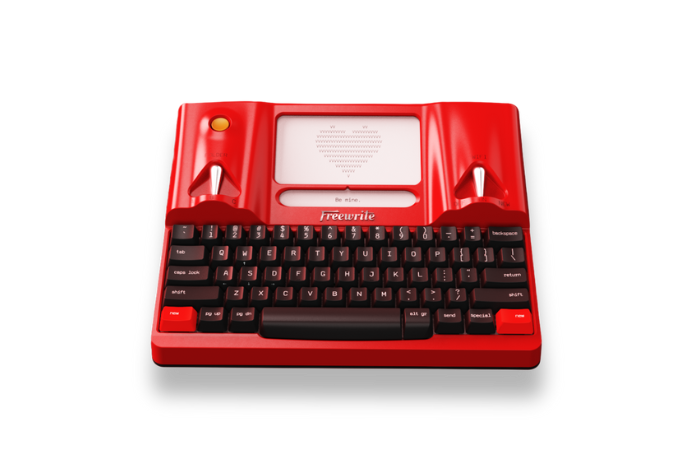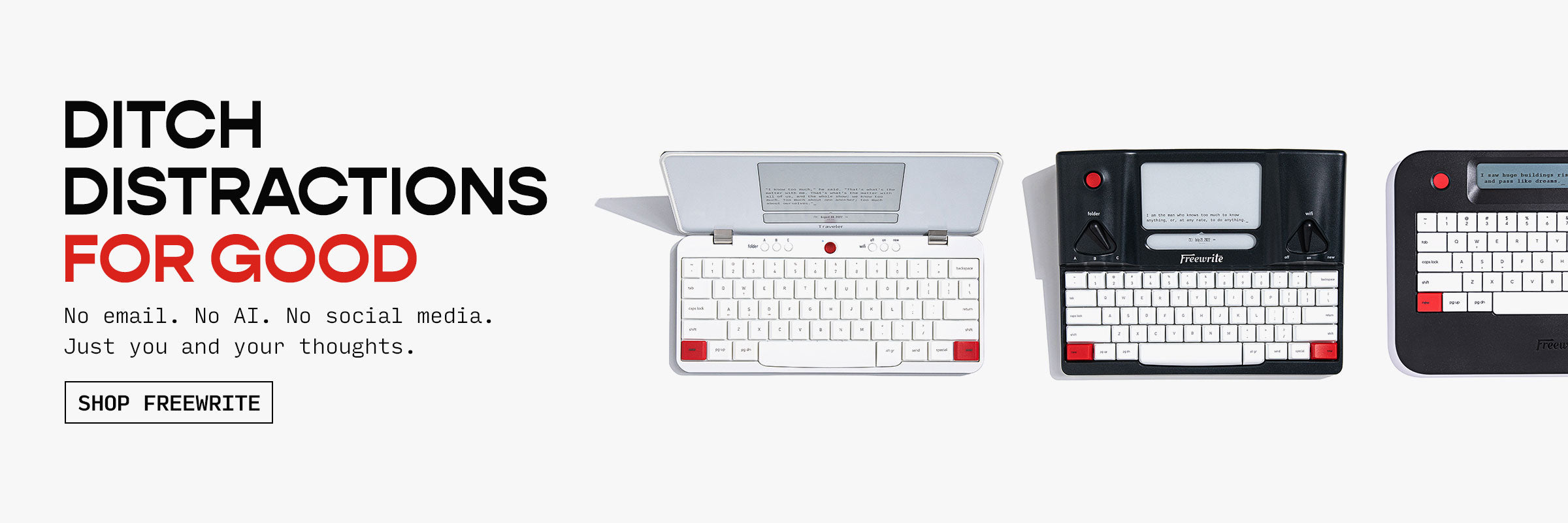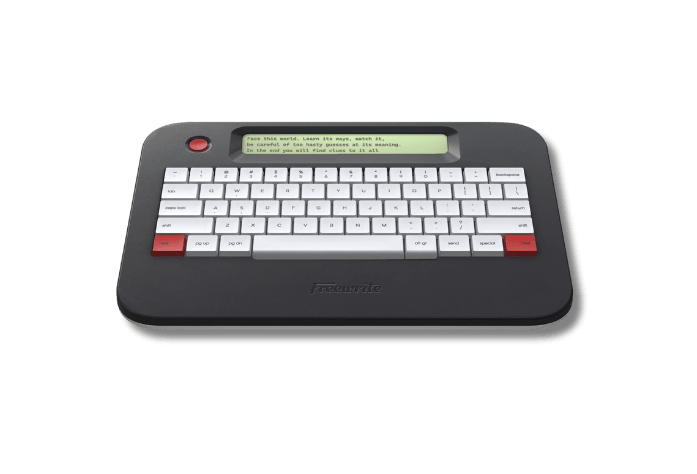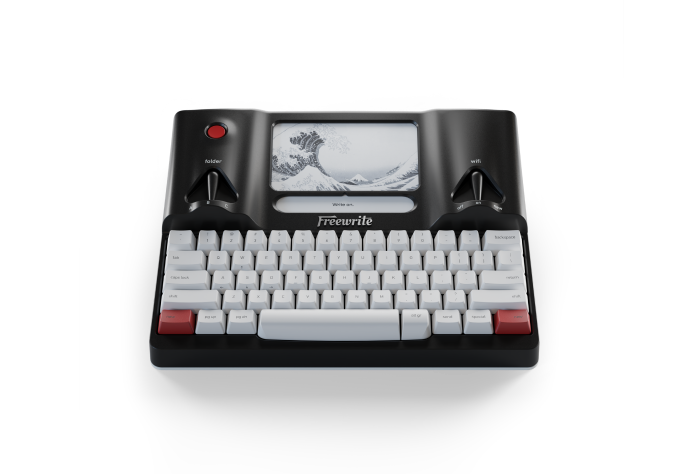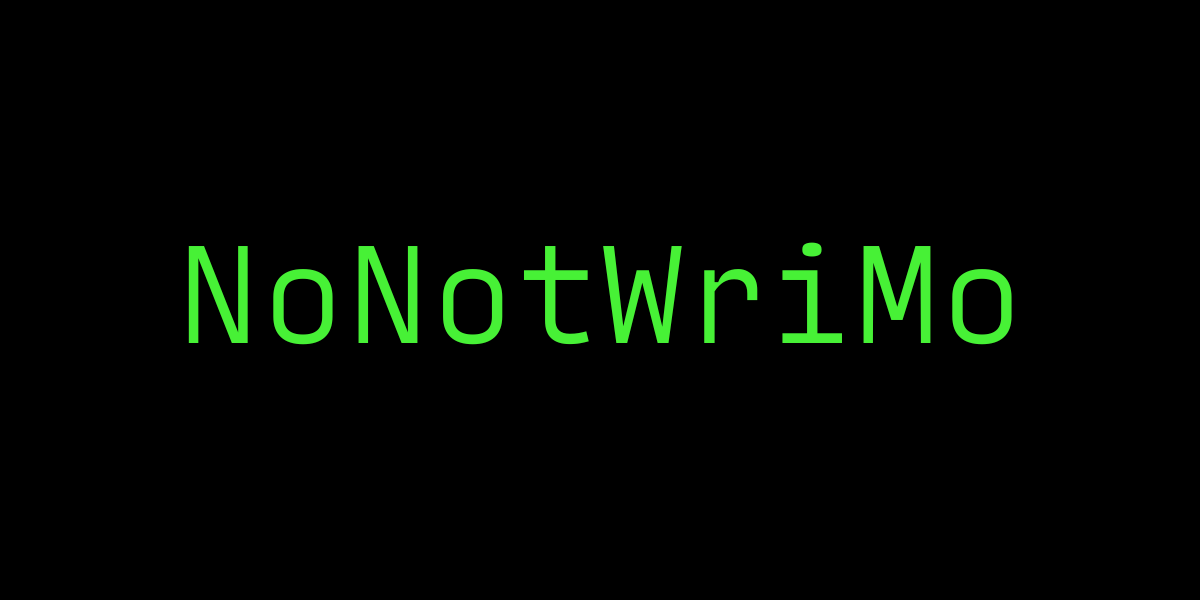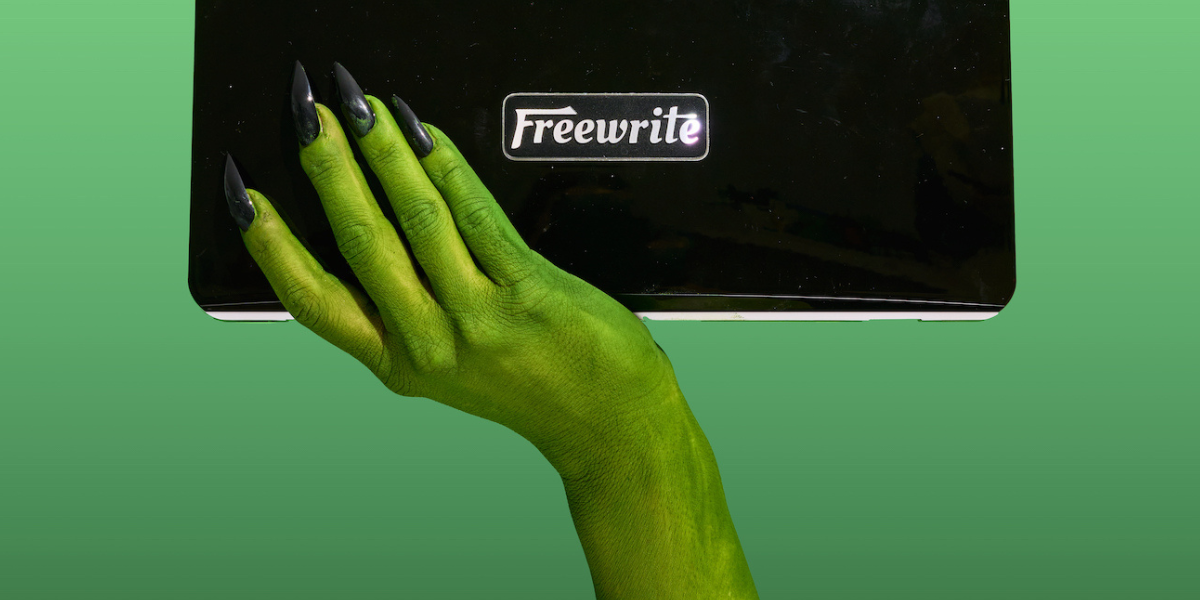I want to run a quick experiment with you. Grab your laptop, open up a new Word document, and see how long you can write before you get interrupted by some sort of notification on your phone or computer.
How long did you make it? I got through a whole 2 minutes before I saw the 'new email' notification pop up on my computer. Naturally, I figured that this email was of grave importance, so I stopped what I was writing mid-sentence and checked it. It turned out to be an advertisement for car insurance. That made me curious about what I was currently paying for car insurance, so I logged into my account to check my policy. Long story short, I ended up going down a crazy internet rabbit hole, and after about 20 minutes, I somehow found myself reading an article about what type of lizard the GEICO lizard is. By the time I finally got back to my document, my train of thought had long since departed.
While technology has made amazing strides in global connectivity and communication, it also has costs. Modern devices like laptops and smartphones are designed to be ‘jack-of-all-trades’ tools that can be used to do almost anything you want - but as we just saw, the simple task of writing uninterrupted for more than 5 minutes straight is a struggle.
We've designed the perfect solution to counter this problem: The Freewrite Smart Typewriter. Unlike laptops or phones, we've specifically designed the Freewrite to be exceptional at one thing, and one thing only: writing. Check out how laptops stack up to Freewrite in a head to head match up:




